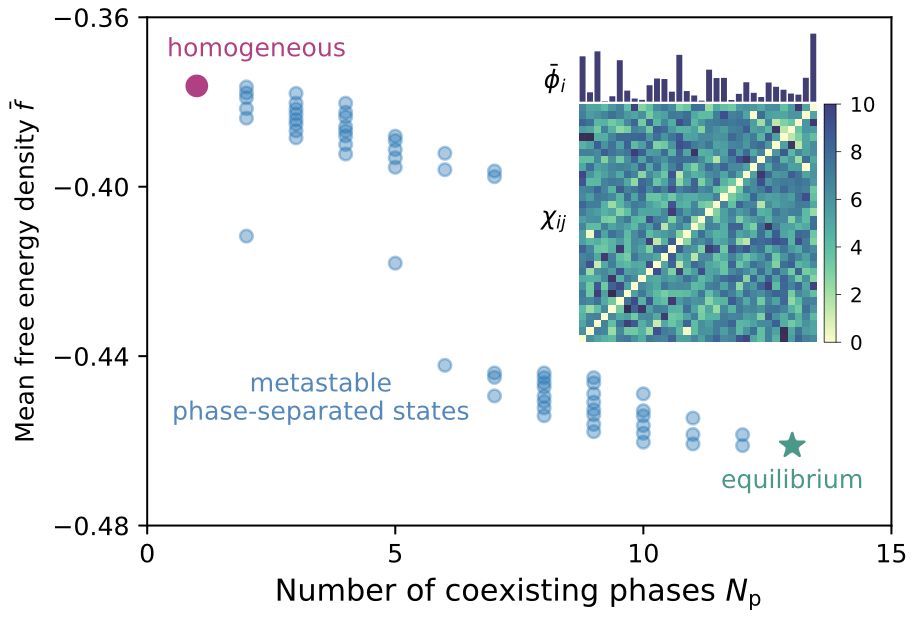







For instance, we show that a concrete system possesses many stable states with various droplets, indicating that this system is multistable.

For instance, we show that a concrete system possesses many stable states with various droplets, indicating that this system is multistable.







